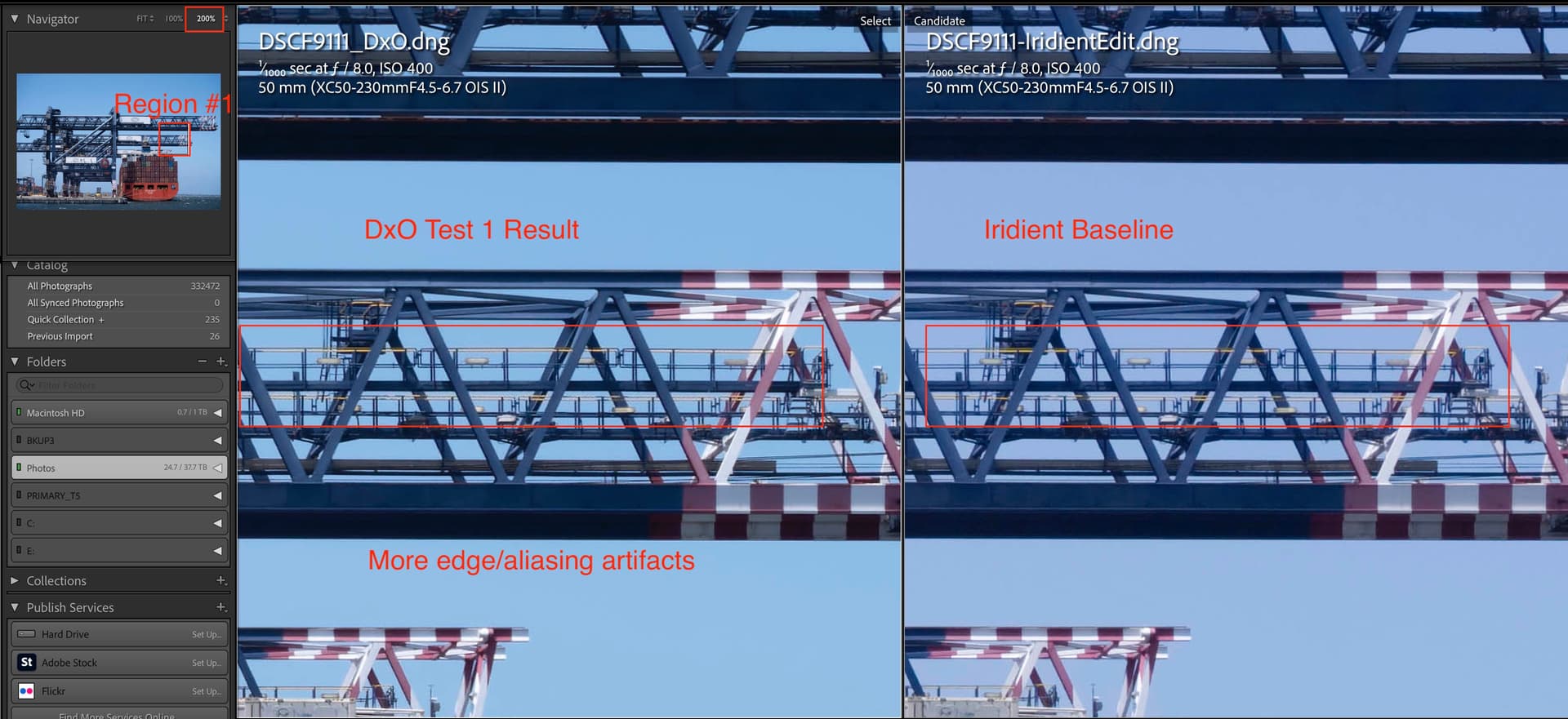

These are backed-up by an Eraser to painting out the mask that you apply while the New Mask option allows you to apply another adjustment using the same tool. The default tool is a brush but there are also Graduated filter, Control Point and Auto Mask options. Once this is selected, you can access a range of tools by right-clicking (control-clicking) on the image. At the top above the preview, towards the right of the row of tools, there’s a ‘Local adjustments’ option. All the correction tools are arranged on the right. We’ll expand this review to encompass the whole software at a later date.Īt the centre of the PhotoLab screen is a preview of the selected image. DxO PhotoLab Reviewįor now, I’ll focus on the local adjustment tool and improvements brought by the new software. Now version 1.2, which is a free upgrade for users of the original software, has increased the number of local adjustments available. Thankfully, the first version of PhotoLab rectified that. However, many people criticised the lack of a local adjustment tool. These widely respected corrections were also used by DxO Optics Pro. Consequently, when you use PhotoLab for the first time, you’re prompted to download the necessary correction modules. These corrections are available for different camera and lens combinations.
Review dxo photolab 2 fujifilm how to#
The latest version of PhotoLab improves upon the original with additional local adjustment controls.ĭxO’s in-depth understanding of optical flaws and how to correct them is central to PhotoLab. This was possible because DxO bought Nik Collection from Google. Crucially, the new software added localised adjustment capability using U Point technology. Late last year DxO replaced its Optics Pro software with PhotoLab.


 0 kommentar(er)
0 kommentar(er)
